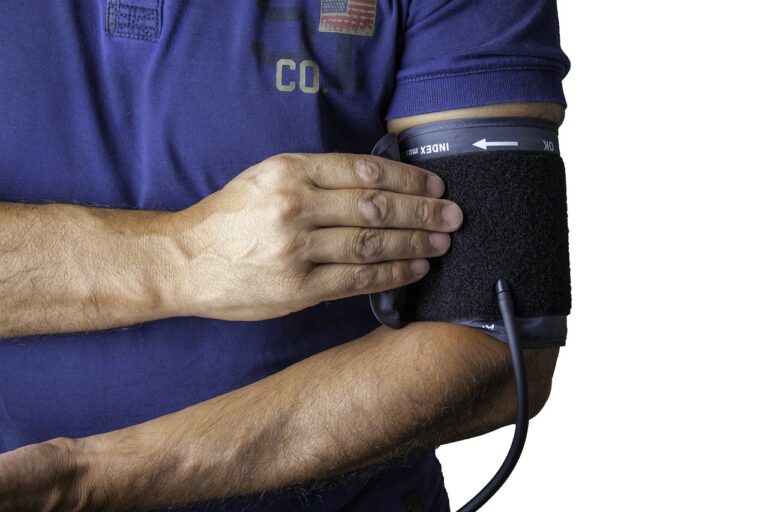The Role of Digital Health Platforms in Lupus Management: Tracking Flare-Ups and Symptoms
Monitoring lupus symptoms is crucial for effectively managing this complex autoimmune disease. Individuals with lupus often experience a range of symptoms that can vary in intensity and frequency. By tracking these symptoms regularly, patients and healthcare providers can better understand the patterns and triggers that may exacerbate the condition.
Early identification of symptom changes is key to preventing potential flare-ups and complications. Keeping a detailed record of symptoms such as fatigue, joint pain, rashes, and fever can help in assessing the overall disease activity and tailoring treatment plans accordingly. Regular monitoring empowers patients to play an active role in their healthcare and enables timely interventions to maintain optimal disease management.
Understanding the Impact of Flare-Ups on Lupus Management
Lupus flare-ups can disrupt the delicate balance of managing this chronic autoimmune disease. When flare-ups occur, individuals may experience a sudden escalation in symptoms, such as fatigue, joint pain, skin rashes, and organ inflammation. This can significantly impact their daily functioning and quality of life, making it challenging to carry out routine tasks and responsibilities.
The unpredictable nature of lupus flare-ups poses a unique challenge for both patients and healthcare providers in effectively managing the condition. Flare-ups can vary in intensity and duration, requiring personalized treatment plans and close monitoring to address the specific symptoms that arise. By understanding the impact of flare-ups on lupus management, healthcare teams can work collaboratively with patients to optimize care and minimize the negative effects of these exacerbations.
• Lupus flare-ups can lead to sudden escalation in symptoms
• Symptoms may include fatigue, joint pain, skin rashes, and organ inflammation
• Flare-ups can significantly impact daily functioning and quality of life
• The unpredictable nature of flare-ups poses challenges for patients and healthcare providers
• Personalized treatment plans and close monitoring are necessary to address specific symptoms
• Understanding the impact of flare-ups is crucial for optimizing lupus management
Utilizing Technology for Remote Health Monitoring
Remote health monitoring technology has become an invaluable tool in managing chronic conditions like lupus. With the ability to track symptoms and vital signs from the comfort of home, patients can provide their healthcare providers with real-time data for more accurate assessments. This not only promotes early intervention but also helps in preventing potential flare-ups and complications.
Moreover, remote health monitoring technology offers a convenient way for patients with lupus to stay connected with their healthcare team. Through secure communication channels, individuals can easily share updates on their condition, medication adherence, and any concerns they may have. This fosters a collaborative approach to managing lupus, ensuring that patients receive timely support and guidance in their treatment journey.
How can remote health monitoring be beneficial for individuals with lupus?
Remote health monitoring can help individuals with lupus track their symptoms and vital signs from the comfort of their own home, allowing for early intervention and better management of their condition.
What types of technology can be used for remote health monitoring?
There are various technologies that can be used for remote health monitoring, including wearable devices, mobile apps, and telemedicine platforms.
Can remote health monitoring help in detecting flare-ups of lupus?
Yes, remote health monitoring can help in detecting flare-ups of lupus by allowing individuals to track their symptoms and communicate with their healthcare providers in real-time.
How often should individuals with lupus utilize remote health monitoring?
The frequency of remote health monitoring will vary depending on the individual’s specific needs and the severity of their condition. It is important to consult with a healthcare provider to determine the appropriate monitoring schedule.
Is remote health monitoring covered by insurance?
Some insurance companies may cover the cost of remote health monitoring devices and services, but coverage will vary. It is recommended to check with your insurance provider to determine what is covered.







